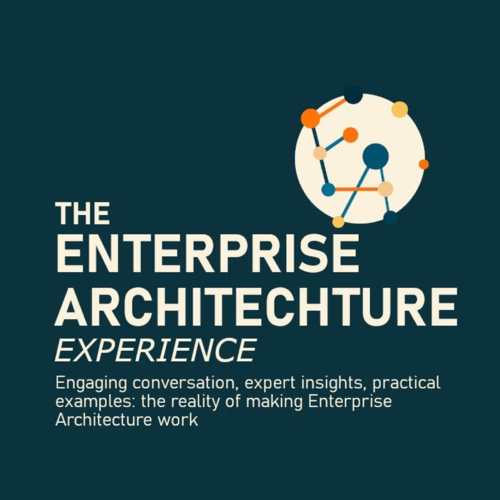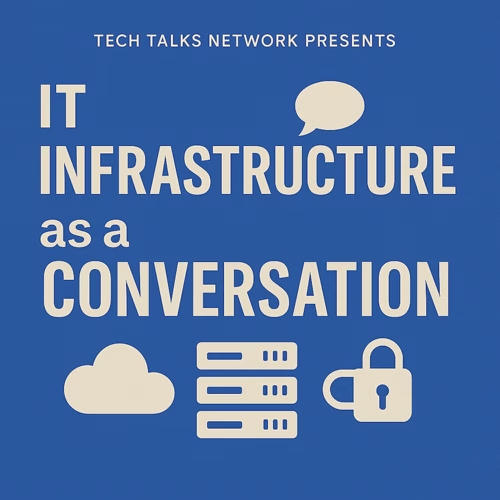

PodCTL – Enterprise Kubernetes
88 avsnitt • Längd: 25 min • Månadsvis
Red Hat Kubernetes weekly technology podcast hosted by Brian Gracely (@bgracely) along with friends from the Kubernetes community. Focused on Containers | Kubernetes | Red Hat OpenShift | Cloud Native Applications | Microservices | PaaS | CaaS | DevOps.
Avsnitt
Podden PodCTL – Enterprise Kubernetes är skapad av Red Hat OpenShift. Poddens innehåll och bilderna på den här webbplatsen hämtas med hjälp av poddens RSS-flöde.
00:00
-00:00




